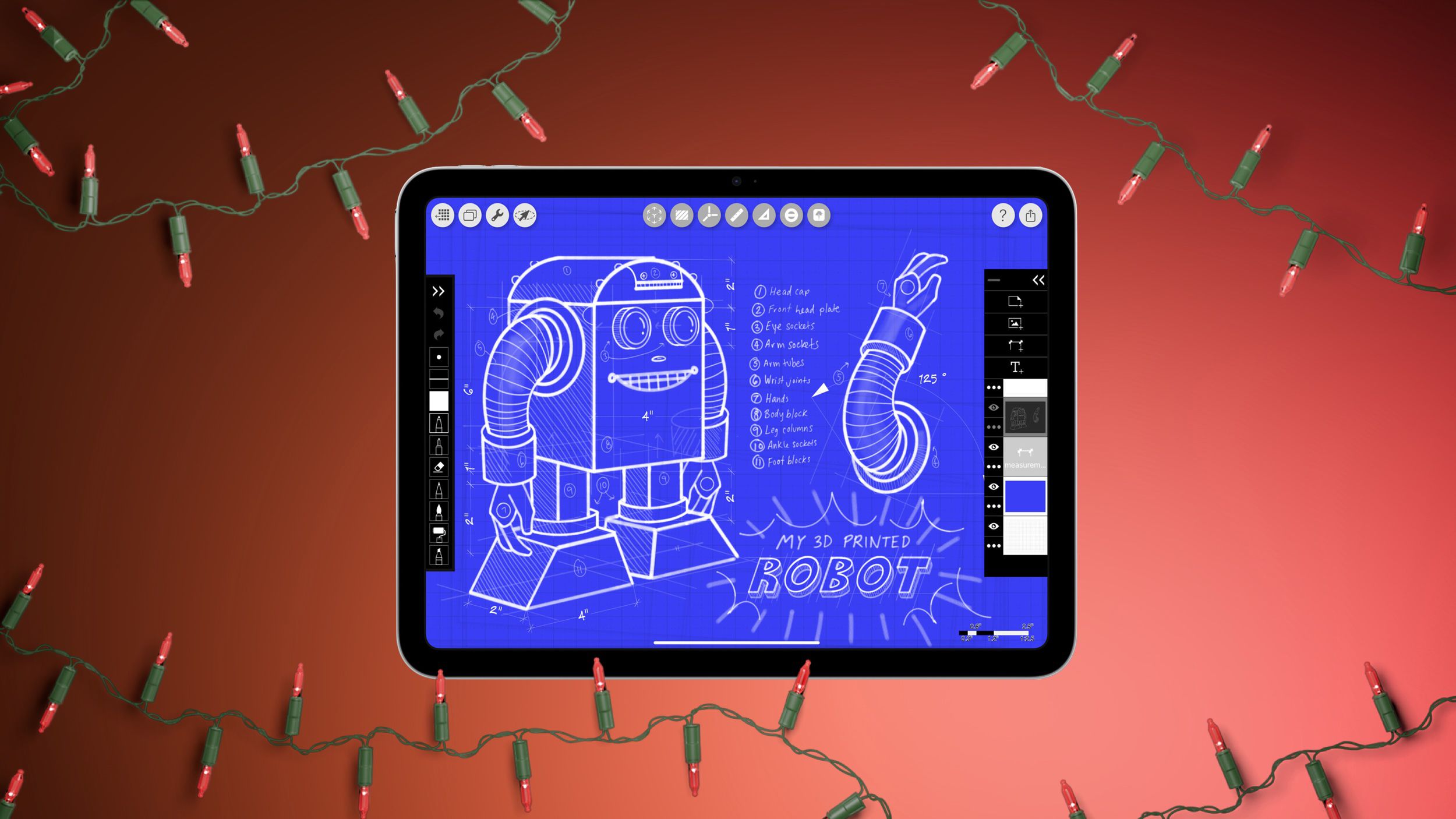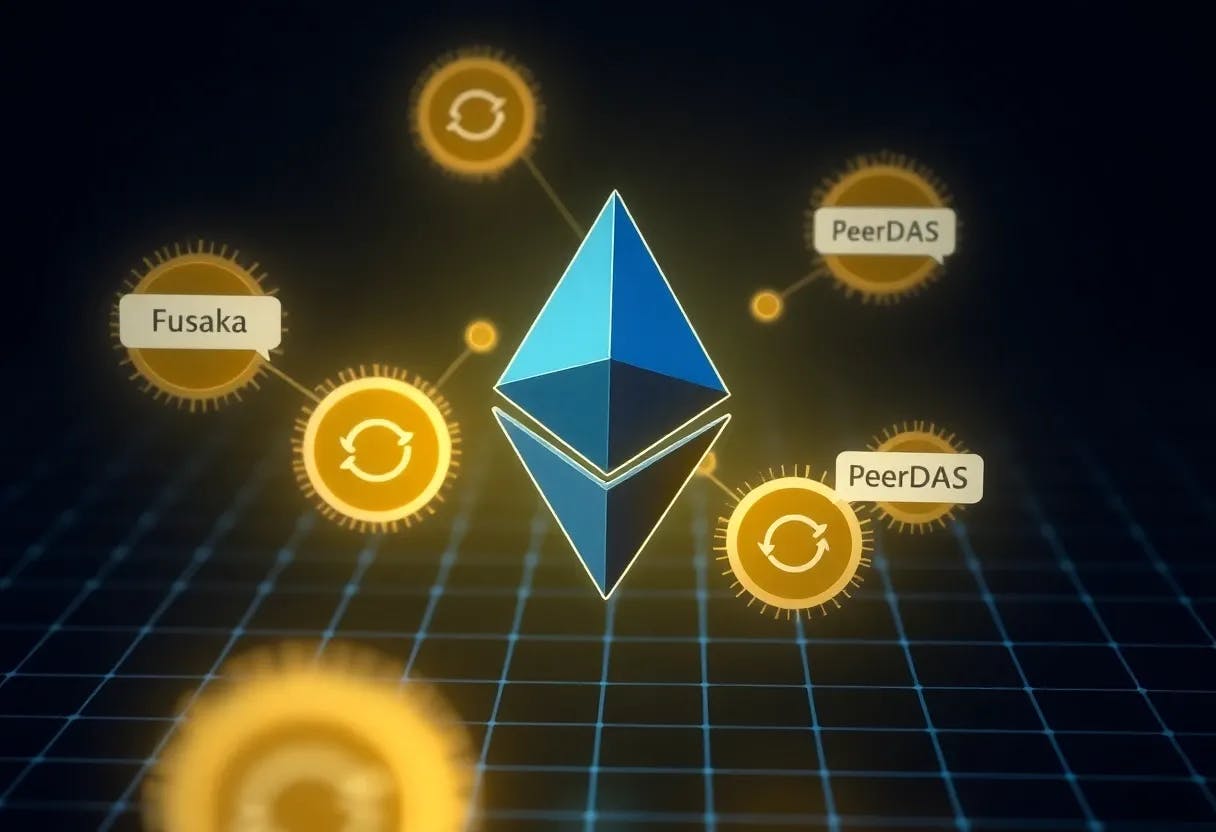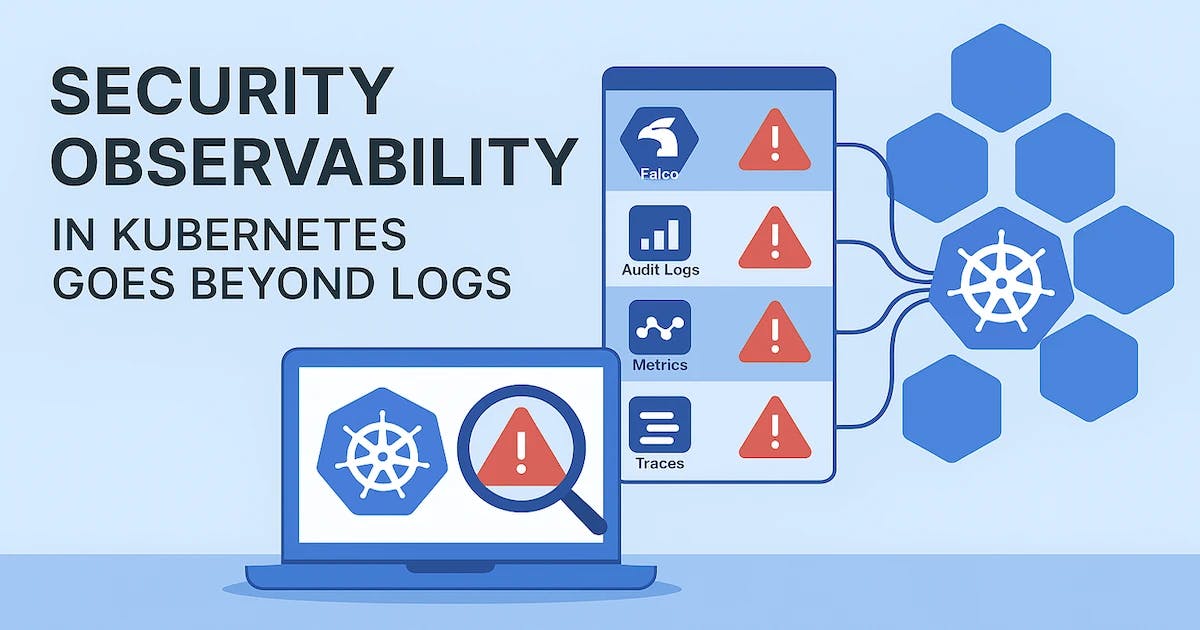For the past several years, the artificial intelligence landscape has sold a story of a high-stakes arms race. The logic was simple: bigger models and more data would pave the road to true intelligence. But this narrative, while compelling, misses the ground truth that engineers have been living. The real story isn’t a glamorous race to the top; it’s been a grueling, frustrating slog out of the mud.
That slog is finally over. The scaling race didn’t end because someone won; it ended because we finally reached a reliable starting line. The foundational models are, at last, good enough. And now, the real work—the real innovation—can begin. The defensible moat has moved decisively up the stack to the application layer, and the new metrics for success have nothing to do with parameter counts. They’re about cost, speed, and creative problem-solving.
Chapter 1: The Age of Scaffolding
It’s easy to forget what the engineering reality was like just a short time ago. The models, frankly, just didn’t work. Not in a reliable, production-ready sense. The daily battle wasn’t about fine-tuning for subtle improvements; it was a desperate struggle to compensate for fundamental brittleness.
We were living in the “Age of Scaffolding.” Our primary role was building elaborate, multi-layered error-checking and correction systems around a fragile model core just to coax a usable, predictable output from it. I recall one project where our goal was to extract structured data from user requests. The model would fail so spectacularly and unpredictably that our solution became a comical Rube Goldberg machine of prompts.
The first prompt would ask the model to identify the user’s intent. The second prompt would take that intent and the original text, asking the model to extract key entities. But the model would often hallucinate entities or return malformed JSON. So, a third prompt was needed. This one was a “cleanup” prompt: it took the broken JSON from the previous step and, with heavily constrained instructions, tried to fix it. We were literally triple-parsing reality, chaining prompts together just to achieve a single logical task. One particularly memorable bug involved the model deciding to return a beautifully formatted, completely valid JSON object that was, however, entirely unrelated to the input text, requiring yet another validation layer to check for semantic relevance.
In that environment, a “win” wasn’t a breakthrough in AI capability. A win was a non-broken loop. It was getting through a full process without a catastrophic failure. We spent the vast majority of our engineering cycles not on creating value, but on managing failure. This was the scaling grind in practice: an immense effort just to reach a baseline of bare-minimum functionality.
Chapter 2: The Phase Change
Then, everything changed. The arrival of models like GPT-4 and, more recently, Claude 3.5, marked a true inflection point. It wasn’t just another incremental step up the leaderboard. It was a phase change. Suddenly, the foundation was solid. The core “brain” became reliable, capable, and, most importantly, predictable.
This shift did more than just improve model outputs; it fundamentally altered the structure of our teams and the nature of our work. The need for elaborate, defensive scaffolding began to melt away. Roadmaps that were once filled with tickets like “Improve JSON output reliability” could now be filled with tickets like “Build new agentic workflow for customer support.” The percentage of our time spent on “model-proofing” our code dropped from an estimated 80% to less than 20%.
The liberation of engineering creativity from the prison of model unreliability was the true catalyst for the Application Age. When you no longer have to spend the majority of your time wrestling the model into submission, you can start asking a much more powerful question: “What can we build with this?”
Chapter 3: The New Physics of AI
Today, we live in a different world. For a vast majority of use cases, the top-tier models from Google, OpenAI, Anthropic, and others are “much of a muchness.” The qualitative difference in output for most common tasks is marginal. This is the hallmark of a maturing, commoditized technology. When core functionality is a given, the competitive battleground shifts entirely to the operational realities of deploying it at scale.
3a. The Economics of Intelligence The primary concern is now cost. When you’re running millions of inferences a day, a fraction of a cent difference per token determines the economic viability of your entire product. This has given rise to sophisticated strategies like “model routing” or “cascading.”
For example, a user request might first be sent to a very fast, cheap model like Claude 3 Haiku. If that model can handle the request with sufficient quality (a determination often made by another small, fast model), the process ends there, at a minimal cost. If the model fails or indicates low confidence, the request is then “cascaded” up to a more powerful, and expensive, model like GPT-4o. This allows for optimizing cost on a per-query basis, a level of financial engineering that was irrelevant when the only goal was getting a single model to work at all.
3b. The User Experience of Speed The second pillar is speed. Latency is a user experience killer. The perceived intelligence of a system is directly tied to its responsiveness. A brilliant answer that takes ten seconds to generate feels less useful than a good-enough answer that appears instantly.
This has led to a fascinating trade-off space. In a recent project, we were building a real-time coding assistant. We had two choices: use our most powerful model, which provided incredibly insightful suggestions but had a high “time-to-first-token,” creating a noticeable lag, or use a smaller, fine-tuned model that was 80% as “smart” but delivered its suggestions almost instantly. We chose speed. The feeling of a seamless, responsive interaction was more valuable to the user than the marginal increase in code quality from the slower model.
Chapter 4: Where Value is Built Now
With cost and speed as the new constraints, the patterns for building successful, defensible AI businesses have become clear. The value is not in the model, but in the system built around it. We are seeing three dominant patterns emerge:
- The Workflow Pattern: These companies deeply integrate AI into a specific professional workflow, becoming an indispensable tool. Harvey for law is the canonical example. They are not selling a generic LLM; they are selling a “legal co-pilot” that understands the specific tasks, documents, and needs of a lawyer. Their moat is the deep domain expertise encoded in their application logic.
- The Agentic Pattern: These are systems that automate complex, multi-step tasks by chaining model calls and tools together. The value is in the orchestration layer that can reliably plan and execute toward a goal. This is where the true promise of automation lies, moving beyond simple text generation to active problem-solving. The key challenge and source of differentiation here is in reliability and state management.
- The Interface Pattern: Companies like Perplexity are creating novel, AI-native user experiences that are fundamentally different from traditional search or chat. Their interface is the product, providing a new way to access and synthesize information that is more valuable than the underlying models they use.
Chapter 5: The AI Engineer, Reimagined
This new landscape demands a new kind of engineer. The skills that were paramount just a few years ago—like the arcane art of prompt engineering or the intricacies of tuning training hyperparameters—are becoming less critical. The most valuable AI engineers today are not model whisperers; they are product-minded system builders.
My advice to a young engineer starting today would be this: Don’t obsess over the internal mechanics of the latest model. Instead, get exceptionally good at building systems around them. Key skills for the Application Age include:
- API Integration & Orchestration: The ability to effectively use tools like LangChain or build custom frameworks to chain tools, databases, and model calls together.
- Cost & Latency Optimization: Deeply understanding the trade-offs of different models and implementing strategies like model cascading.
- State Management: Designing reliable systems for long-running, multi-step agentic tasks.
- UX Design for AI: Collaborating with designers to build intuitive interfaces for non-deterministic systems.
Chapter 6: Second-Order Effects and the Road Ahead
The commoditization of intelligence will have profound second-order effects. When every developer has access to a super-powerful, low-cost “brain” via an API call, it fundamentally changes what can be built. We will see a Cambrian explosion of new companies in fields previously untouched by software because the cost of building intelligent features was too high.
This shift also democratizes innovation. A small, agile team can now create a product with a level of sophistication that would have required a massive, dedicated research division just five years ago. The competitive advantage will go to those with the deepest understanding of a user’s problem, not those with the largest GPU cluster.
Conclusion
The engineering challenge has transformed. We’ve moved from the brute-force problem of taming unreliable models to the far more interesting and creative challenge of designing products in a world of abundant, cheap, and fast intelligence. The foundational models are here. They work. They aren’t AGI, but they are a permanent and transformative new layer of the technology stack. The focus is no longer on the raw materials, but on the art of manufacturing.
The scaling race is over. The application race has just begun.
Now, what will you build on top of them?
References & Sources
- https://www.deeplearning.ai/the-batch/ai-giants-rethink-model-training-strategy-as-scaling-laws-break-down/
- https://www.sapien.io/blog/when-bigger-isnt-better-the-diminishing-returns-of-scaling-ai-models
- https://www.eweek.com/news/ai-scaling-laws-diminishing-returns/
- https://www.centeraipolicy.org/work/slower-scaling-gives-us-barely-enough-time-to-invent-safe-ai
- https://ide.mit.edu/insights/whats-next-ai-scaling-and-its-implications/
- https://www.transformernews.ai/p/is-ai-progress-slowing-down
- https://www.ibm.com/think/insights/artificial-intelligence-future
- https://builtin.com/articles/ai-applicaton-layer-profitability
- https://www.summitpartners.com/resources/beyond-foundation-models-the-real-value-of-ai-lies-in-applications












